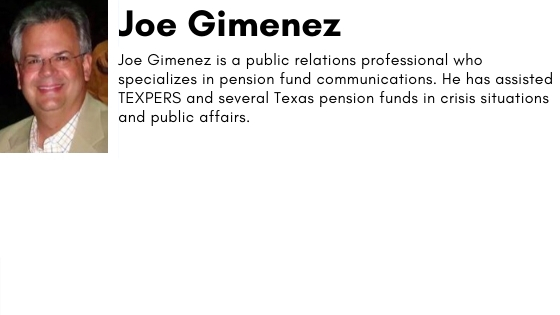Revisiting emerging market smaller companies
We believe that, as an asset class, emerging markets, or EMs, are underappreciated. This is clear when we consider the outsized representation of global client allocation of 5% against a global GDP contribution of 37% as of 2019 year end. This is in light of the fact that about 65% of growth in the world economy has been driven by EMs over the last 10 years.
In this context, emerging market smaller companies present an even smaller contribution — less than 1% of global client assets. To add further context, of the MSCI ACWI Smid Index, EM represents an 11% weighting, but global investor allocation is the lowest across the main regions at 6%.
Why have investors stayed clear of small caps in EMs? A simplistic explanation would be the divergence in the performance of the EM large-cap index over the last five years. The large-cap index experienced a total return of 34% against a return of 17% for the small-cap index.
But put into context, the large-cap index performance has been driven by strong performance of a narrow group of stocks. Just five companies contributed 20% of the total return of the benchmark. Namely, Chinese Internet giants Alibaba, Tencent and associated holding company Naspers, as well as semiconductor leaders Samsung Electronics and TSMC. However, by the cap-limited nature of the smaller-companies index with little concentration risk, return has been broader, with the largest benchmark constituent accounting for less than 1%.
So, while technology stocks have driven returns for larger companies, the smaller companies’ returns come from broader sources. For active managers, they may represent a wider pool of opportunities to build a portfolio. It is also worth noting that the 1,644 stocks in the index are still an under representation, with multiples of small-cap stocks yet to be included. A prime example is the Chinese market, which represents an under-penetrated market representing <10% of the index.
The wider opportunity set and lower quality of information provides a fertile hunting ground for active managers. In the smaller-company space, quality of information is often lower. This is because a quarter of index constituents have either one or zero analysts, which has led to a consistently higher dispersion of returns for smaller companies. This, however, optimizes the potential for active outperformance for those with strong research capabilities.
Chart 1: Greater dispersion of returns within small caps
 |
| Source: Aberdeen Standard Investments, Factset, 31 December 2019/Click image to enlarge chart. |
One other notable aspect of smaller companies is the higher domestic investor base and local ownership. Share prices reflect local economy dynamics as opposed to wider swings of global liquidity. To date, passive funds represent less than 5% of assets in the small-cap space, compared to 33% of assets in the large-cap space.
The outlook for EM is increasingly bright. We believe many economies have passed the inflection point, which means markets less geared toward global growth will contribute more as we see the benefits of lowering inflation, lower rates and recovery of growth. Brazil, for example, is enjoying the benefits of lower rates, firmer fiscal management, recovering growth and concurrent shift in local allocations toward equity. In this context, domestically oriented smaller companies in Brazil have far outperformed their larger-company peers with a total return of 37% against 7% for larger companies over the last year.
Chart 2: Brazilian small caps outperform large-cap peers
 |
| Source: Aberdeen Standard Investments, December 31 2019/Click image to enlarge chart. |
In general, equity markets today are trading on higher multiples globally. But in this context, EM small caps are trading on the lowest premium versus historical averages, which further supports the investment case.
Lastly, an overriding misconception has been to see smaller companies as a riskier asset class. Evidence doesn’t support this, however. Passive flows and concentration of super sector returns have led to a divergence in volatility and predicted that beta of small cap compared to the larger companies is 0.75x. Therefore, we see smaller companies as a means to generate better risk-adjusted returns toward emerging markets.
Chart 3: EM small-cap vs. EM large-cap beta
 |
| Source: Aberdeen Standard Investments, December 31, 2019. Click image to enlarge chart. |
Our conclusion therefore is that an allocation to small caps is complementary to larger companies, and, for active managers, the wider opportunity set and dispersion of returns provide a stronger platform for active returns in the coming years.
The views expressed herein do not constitute research, investment advice or trade recommendations, do not necessarily represent the views of Aberdeen Standard Investments or TEXPERS, and are subject to revision over time.
About the Author:



























